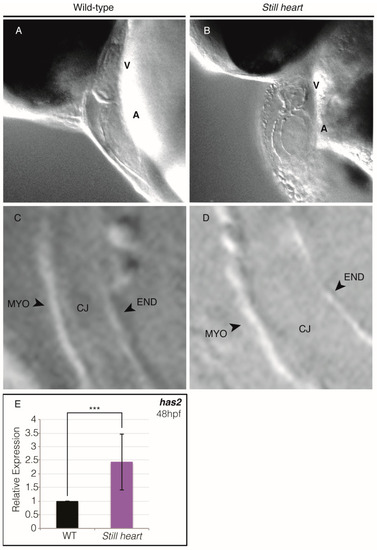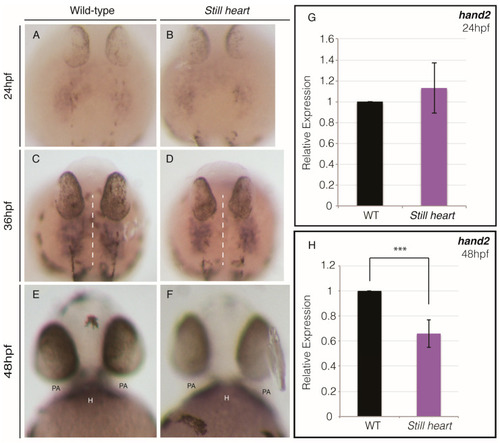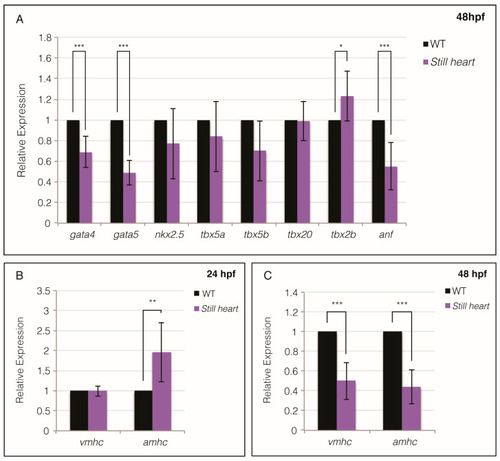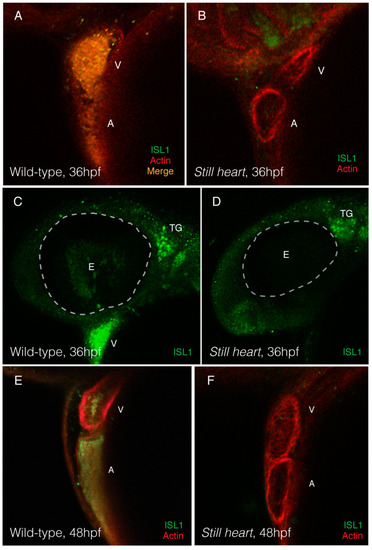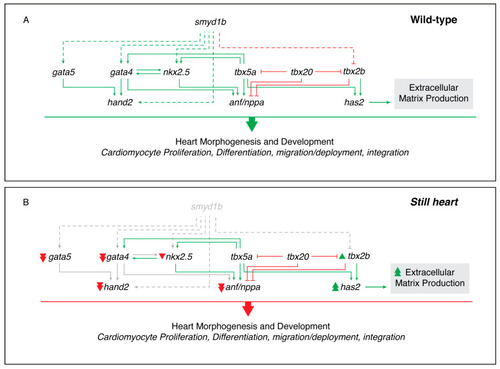- Title
-
Heart Morphogenesis Requires Smyd1b for Proper Incorporation of the Second Heart Field in Zebrafish
- Authors
- Prill, K., Windsor Reid, P., Pilgrim, D.
- Source
- Full text @ Genes (Basel)
|
|
|
|
|
|
|
|
|
Transcriptional changes in cardiac factors in |

ZFIN is incorporating published figure images and captions as part of an ongoing project. Figures from some publications have not yet been curated, or are not available for display because of copyright restrictions. PHENOTYPE:
|

